当前位置:网站首页>[combinatorics] recursive equation (example of solving recursive equation without multiple roots | complete process of solving recursive equation without multiple roots)
[combinatorics] recursive equation (example of solving recursive equation without multiple roots | complete process of solving recursive equation without multiple roots)
2022-07-03 17:06:00 【Programmer community】
List of articles
- One 、 Fibonacci sequence solution
- Two 、 Complete process of solving recursive equations without multiple roots
One 、 Fibonacci sequence solution
1 . Fibonacci sequence example :
( 1 ) Fibonacci sequence :
1
,
1
,
2
,
3
,
5
,
8
,
13
,
⋯
1 , 1 , 2 , 3 , 5 , 8 , 13 , \cdots
1,1,2,3,5,8,13,⋯
( 2 ) Recurrence equation :
F
(
n
)
=
F
(
n
−
1
)
+
F
(
n
−
2
)
F(n) = F(n-1) + F(n-2)
F(n)=F(n−1)+F(n−2)
describe : The first
n
n
n Item equal to
n
−
1
n-1
n−1 term and The first
n
−
2
n-2
n−2 Sum of items ;
Such as : The first
4
4
4 Item value
F
(
4
)
=
5
F(4) = 5
F(4)=5 , Is equal to
The first
4
−
1
=
3
4-1=3
4−1=3 Item value
F
(
4
−
1
)
=
F
(
3
)
=
3
F(4-1)=F(3) = 3
F(4−1)=F(3)=3
add The first
4
−
2
=
2
4-2=2
4−2=2 Item value
F
(
4
−
2
)
=
F
(
2
)
=
2
F(4-2) = F(2) =2
F(4−2)=F(2)=2 ;
( 3 ) initial value :
F
(
0
)
=
1
,
F
(
1
)
=
1
F(0) = 1 , F(1) = 1
F(0)=1,F(1)=1
according to
F
(
0
)
=
1
,
F
(
1
)
=
1
F(0) = 1, F(1) = 1
F(0)=1,F(1)=1 You can calculate
F
(
2
)
F(2)
F(2) , according to
F
(
1
)
,
F
(
2
)
F(1),F(2)
F(1),F(2) You can calculate
F
(
3
)
F(3)
F(3) , according to
F
(
2
)
F
(
3
)
F(2)F(3)
F(2)F(3) Sure Calculation
F
(
4
)
F(4)
F(4) ,
⋯
\cdots
⋯ , according to
F
(
n
−
2
)
,
F
(
n
−
1
)
F(n-2) , F(n-1)
F(n−2),F(n−1) You can calculate
F
(
n
)
F(n)
F(n) ;
2 . Write the characteristic equation of Fibonacci sequence and solve the characteristic root :
Recurrence equation :
F
(
n
)
=
F
(
n
−
1
)
+
F
(
n
−
2
)
F(n) = F(n-1) + F(n-2)
F(n)=F(n−1)+F(n−2)
( 1 ) The standard form of recurrence equation :
F
(
n
)
−
F
(
n
−
1
)
−
F
(
n
−
2
)
=
0
F(n) - F(n-1) - F(n-2) = 0
F(n)−F(n−1)−F(n−2)=0
( 2 ) Recursive equation writing :
① First determine the number of terms of the characteristic equation : The same number of terms as the recursive equation ,
3
3
3 term ;
② In determining the characteristic equation
x
x
x Power of power : from
3
−
1
=
2
3-1=2
3−1=2 To
0
0
0 ;
③ Write a recurrence equation without coefficients :
x
2
+
x
1
+
x
0
=
0
x^2 + x^1 + x^0 = 0
x2+x1+x0=0
④ Filling factor : Then the characteristic equation without coefficients
x
2
+
x
1
+
x
0
=
0
x^2 + x^1 + x^0 = 0
x2+x1+x0=0 And
F
(
n
)
−
F
(
n
−
1
)
−
F
(
n
−
2
)
=
0
F(n) - F(n-1) - F(n-2) = 0
F(n)−F(n−1)−F(n−2)=0 The coefficients of corresponding bits are filled into the characteristic equation :
x
2
x^2
x2 The coefficient before Corresponding
F
(
n
)
F(n)
F(n) Coefficient before item
1
1
1 ;
x
1
x^1
x1 The coefficient before Corresponding
F
(
n
−
1
)
F(n-1)
F(n−1) Coefficient before item
−
1
-1
−1 ;
x
0
x^0
x0 The coefficient before Corresponding
F
(
n
−
2
)
F(n-2)
F(n−2) Coefficient before item
−
1
-1
−1 ;
Then the final The characteristic equation is
1
x
2
+
(
−
1
)
x
1
+
(
−
1
)
x
0
=
0
1 x^2 + (-1)x^1 + (-1)x^0 = 0
1x2+(−1)x1+(−1)x0=0 , It is reduced to :
x
2
−
x
−
1
=
0
x^2 - x - 1 = 0
x2−x−1=0
The characteristic root of the characteristic equation is : The solution of the above equation is the characteristic root , Generally, it is a quadratic equation with one variable ;
x
=
1
±
5
2
x = \cfrac{1 \pm \sqrt{5}}{2}
x=21±5
Reference resources : Univariate quadratic equation form
a
x
2
+
b
x
+
c
=
0
ax^2 + bx + c = 0
ax2+bx+c=0
The solution is :x
=
−
b
±
b
2
−
4
a
c
2
a
x = \cfrac{-b \pm \sqrt{b^2 - 4ac}}{2a}
x=2a−b±b2−4ac
3 . Write the general solution of Fibonacci sequence :
The characteristic root of Fibonacci series recurrence equation is :
1
±
5
2
\cfrac{1 \pm \sqrt{5}}{2}
21±5 ;
q
1
=
1
+
5
2
q_1 = \cfrac{1 + \sqrt{5}}{2}
q1=21+5 ,
q
2
=
1
−
5
2
q_2 =\cfrac{1 - \sqrt{5}}{2}
q2=21−5
The general solution is in the form of
F
(
n
)
=
c
1
q
1
n
+
c
2
q
2
n
+
⋯
+
c
k
q
k
n
F(n) = c_1q_1^n + c_2q_2^n + \cdots + c_kq_k^n
F(n)=c1q1n+c2q2n+⋯+ckqkn
Set feature root
q
1
,
q
2
q_1 , q_2
q1,q2 After substituting the above general solution form, it becomes :
F
(
n
)
=
c
1
(
1
+
5
2
)
n
+
c
2
(
1
−
5
2
)
n
F(n) = c_1 ( \cfrac{1 + \sqrt{5}}{2} ) ^n + c_2 ( \cfrac{1 - \sqrt{5}}{2} ) ^n
F(n)=c1(21+5)n+c2(21−5)n
4 . Substitute the initial value of the recurrence equation into general solution , Solve the constants in the general solution :
Fibonacci sequence Initial value of recurrence equation :
F
(
0
)
=
1
,
F
(
1
)
=
1
F(0) = 1 , F(1) = 1
F(0)=1,F(1)=1
Substitute the above initial value
F
(
0
)
=
1
,
F
(
1
)
=
1
F(0) = 1 , F(1) = 1
F(0)=1,F(1)=1 To General solution of recurrence equation
F
(
n
)
=
c
1
(
1
+
5
2
)
n
+
c
2
(
1
−
5
2
)
n
F(n) = c_1 ( \cfrac{1 + \sqrt{5}}{2} ) ^n + c_2 ( \cfrac{1 - \sqrt{5}}{2} ) ^n
F(n)=c1(21+5)n+c2(21−5)n in , The following equations are obtained :
{
c
1
(
1
+
5
2
)
0
+
c
2
(
1
−
5
2
)
0
=
F
(
0
)
=
1
c
1
(
1
+
5
2
)
1
+
c
2
(
1
−
5
2
)
1
=
F
(
1
)
=
1
\begin{cases} c_1 ( \cfrac{1 + \sqrt{5}}{2} ) ^0 + c_2 ( \cfrac{1 - \sqrt{5}}{2} ) ^0 = F(0) = 1 \\\\ c_1 ( \cfrac{1 + \sqrt{5}}{2} ) ^1 + c_2 ( \cfrac{1 - \sqrt{5}}{2} ) ^1 = F(1) = 1 \end{cases}
⎩⎪⎪⎪⎪⎨⎪⎪⎪⎪⎧c1(21+5)0+c2(21−5)0=F(0)=1c1(21+5)1+c2(21−5)1=F(1)=1
After simplification, we get :
{
c
1
+
c
2
=
1
c
1
(
1
+
5
2
)
+
c
2
(
1
−
5
2
)
=
1
\begin{cases} c_1 + c_2 = 1 \\\\ c_1 ( \cfrac{1 + \sqrt{5}}{2} ) + c_2 ( \cfrac{1 - \sqrt{5}}{2} ) = 1 \end{cases}
⎩⎪⎪⎨⎪⎪⎧c1+c2=1c1(21+5)+c2(21−5)=1
Solve the above equations :
c
1
=
1
5
1
+
5
2
,
c
2
=
−
1
5
1
−
5
2
c_1 =\cfrac{1}{\sqrt{5}} \cfrac{1 + \sqrt{5}}{2}, \ \ c_2 =-\cfrac{1}{\sqrt{5}} \cfrac{1 - \sqrt{5}}{2}
c1=5121+5, c2=−5121−5
Will constant
c
1
=
1
5
1
+
5
2
,
c
2
=
−
1
5
1
−
5
2
c_1 =\cfrac{1}{\sqrt{5}} \cfrac{1 + \sqrt{5}}{2}, \ \ c_2 =-\cfrac{1}{\sqrt{5}} \cfrac{1 - \sqrt{5}}{2}
c1=5121+5, c2=−5121−5 Substitute into the general solution
F
(
n
)
=
c
1
(
1
+
5
2
)
n
+
c
2
(
1
−
5
2
)
n
F(n) = c_1 ( \cfrac{1 + \sqrt{5}}{2} ) ^n + c_2 ( \cfrac{1 - \sqrt{5}}{2} ) ^n
F(n)=c1(21+5)n+c2(21−5)n in , You can get a general solution :
F
(
n
)
=
1
5
1
+
5
2
(
1
+
5
2
)
n
−
1
5
1
−
5
2
(
1
−
5
2
)
n
F(n) = \cfrac{1}{\sqrt{5}} \cfrac{1 + \sqrt{5}}{2} ( \cfrac{1 + \sqrt{5}}{2} ) ^n - \cfrac{1}{\sqrt{5}} \cfrac{1 - \sqrt{5}}{2} ( \cfrac{1 - \sqrt{5}}{2} ) ^n
F(n)=5121+5(21+5)n−5121−5(21−5)n
It is reduced to :
F
(
n
)
=
1
5
(
1
+
5
2
)
n
+
1
−
1
5
(
1
−
5
2
)
n
+
1
F(n) = \cfrac{1}{\sqrt{5}}( \cfrac{1 + \sqrt{5}}{2} ) ^{n+1} - \cfrac{1}{\sqrt{5}} ( \cfrac{1 - \sqrt{5}}{2} ) ^{n+1}
F(n)=51(21+5)n+1−51(21−5)n+1
Two 、 Complete process of solving recursive equations without multiple roots
Complete process of solving recursive equations without multiple roots :
- 1 . Write the characteristic equation :
- ( 1 ) The standard form of recurrence equation : Write the recurrence equation Standard form , All items are to the left of the equal sign , On the right is
0
0
0 ;
- ( 2 ) Number of terms of characteristic equation : determine Number of terms of characteristic equation , And The recurrence equation has the same number of terms ;
- ( 3 ) The characteristic equation is sub idempotent : The highest power is Number of terms of characteristic equation
−
1
-1
0
0
0 ;
−1 , Lowest power
- ( 4 ) Write There is no coefficient The characteristic equation of ;
- ( 5 ) The coefficients of the recursive equation will be deduced bit by bit Copy Into the characteristic equation ;
- ( 1 ) The standard form of recurrence equation : Write the recurrence equation Standard form , All items are to the left of the equal sign , On the right is
- 2 . Solution characteristic root : take The eigenvalue of the characteristic equation is solved ,
x
=
−
b
±
b
2
−
4
a
c
2
a
x = \cfrac{-b \pm \sqrt{b^2 - 4ac}}{2a}
x=2a−b±b2−4ac
- 3 . Construct the general solution of recurrence equation : structure
c
1
q
1
n
+
c
2
q
2
n
+
⋯
+
c
k
q
k
n
c_1q_1^n + c_2q_2^n + \cdots + c_kq_k^n
c1q1n+c2q2n+⋯+ckqkn Linear combination of forms , The linear combination is the solution of the recursive equation ;
- 4 . Find the constant in the general solution : Substitute the initial value of the recursive equation into the general solution , obtain
k
k
k individual
k
k
k Finite element equations , By solving the equations , Get the constant in the general solution ;
- ( 1 ) The constant is substituted into the general solution : Get the final solution of the recursive equation ;
Recurrence equation -> Characteristic equation -> Characteristic root -> general solution -> Substitute the initial value to find the general solution constant
边栏推荐
- On Lagrange interpolation and its application
- Assembly instance analysis -- screen display in real mode
- [combinatorics] recursive equation (example 1 of recursive equation | list recursive equation)
- C语言按行修改文件
- [combinatorial mathematics] recursive equation (example of recursive equation 2 Hanoi Tower | example of recursive equation 3 insertion sequencing)
- The most complete postman interface test tutorial in the whole network, API interface test
- 建立自己的网站(23)
- mysql用户管理
- [JDBC] API parsing
- Free data | new library online | cnopendata complete data of China's insurance intermediary outlets
猜你喜欢
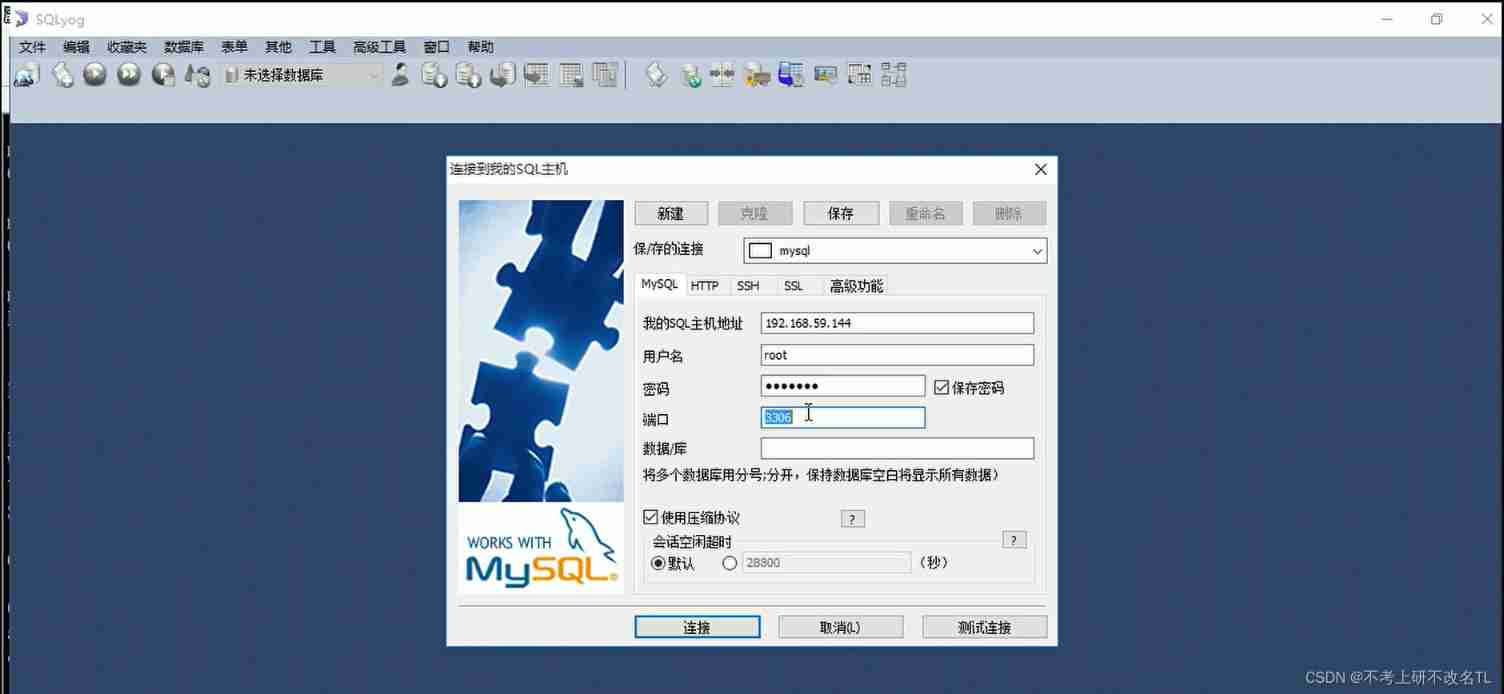
MySQL Basics
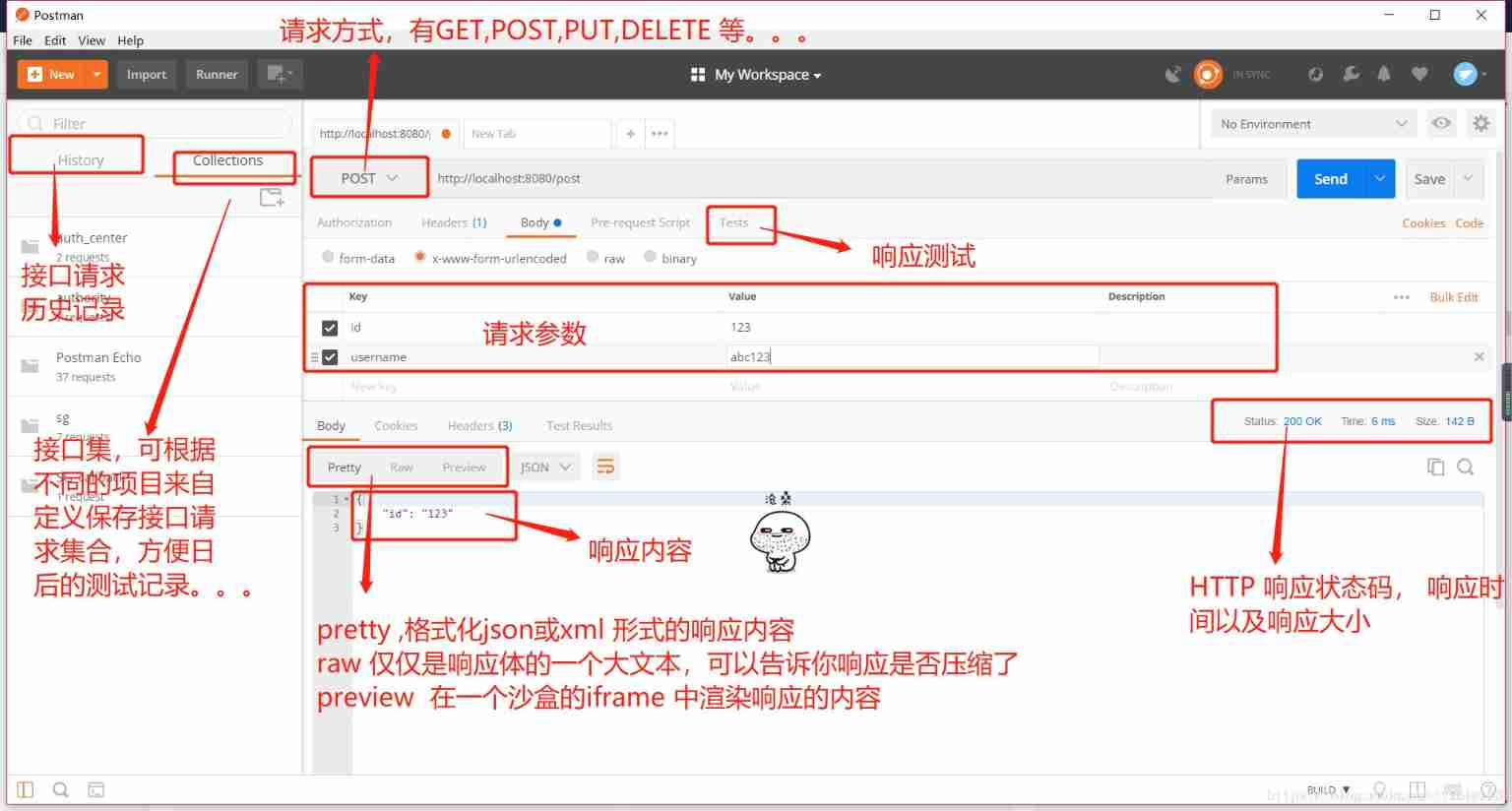
The most complete postman interface test tutorial in the whole network, API interface test
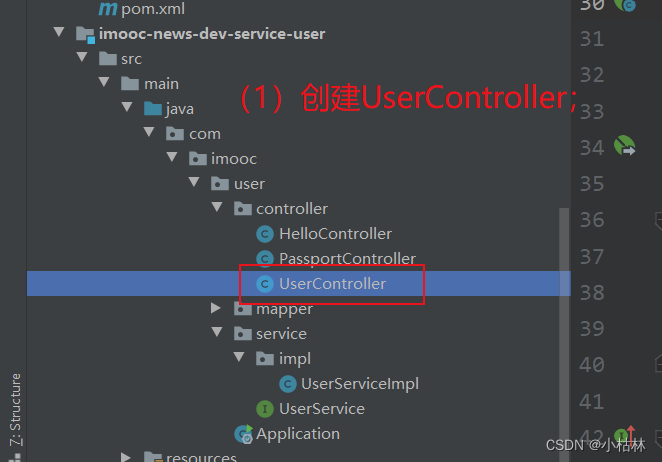
29:第三章:开发通行证服务:12:开发【获得用户账户信息,接口】;(使用VO类包装查到的数据,以符合接口对返回数据的要求)(在多处都会用到的逻辑,在Controller中可以把其抽成一个共用方法)

What material is 13crmo4-5 equivalent to in China? 13crmo4-5 chemical composition 13crmo4-5 mechanical properties

Thread pool: the most common and error prone component of business code
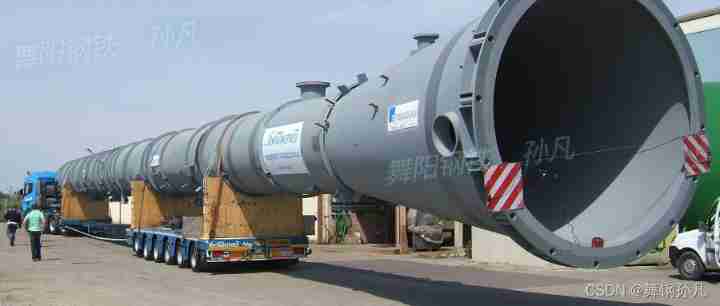
What material is sa537cl2? Analysis of mechanical properties of American standard container plate
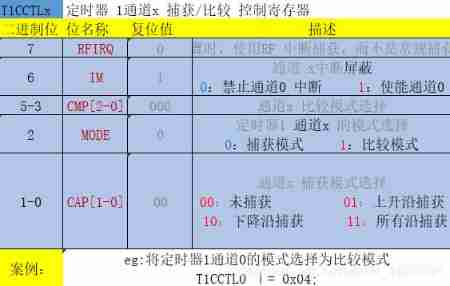
CC2530 common registers for timer 1
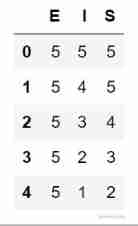
ANOVA example
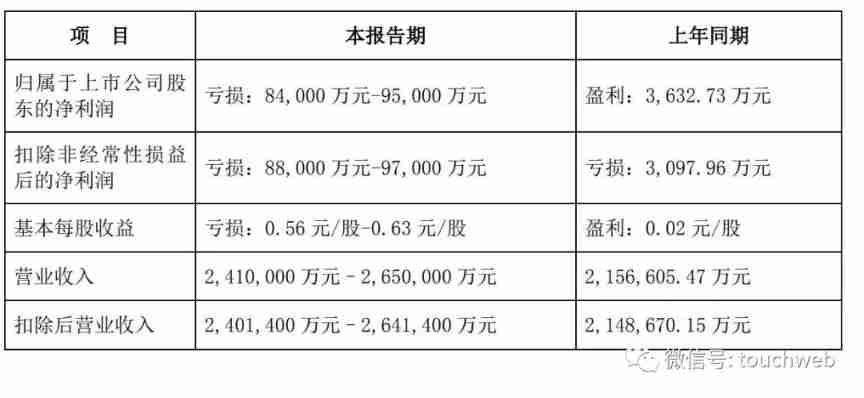
Shentong express expects an annual loss of nearly 1billion

设计电商秒杀
随机推荐
建立自己的网站(23)
How SVN views modified file records
LeetCode 1658. Minimum operand to reduce x to 0
图之深度优先搜索
[combinatorics] recursive equation (constant coefficient linear homogeneous recursive equation | constant coefficient, linear, homogeneous concept description | constant coefficient linear homogeneous
IL Runtime
C language modifies files by line
The most complete postman interface test tutorial in the whole network, API interface test
C语言按行修改文件
数据分析必备的能力
Daily code 300 lines learning notes day 10
静态程序分析(一)—— 大纲思维导图与内容介绍
Solution to long waiting time of SSH connection to remote host
What material is sa537cl1? Sa537cl1 corresponds to the national standard material
远程办公之如何推进跨部门项目协作 | 社区征文
UCORE overview
关于学习Qt编程的好书精品推荐
手把手带你入门 API 开发
PHP production website active push (website)
Redis:关于列表List类型数据的操作命令